Abstracts
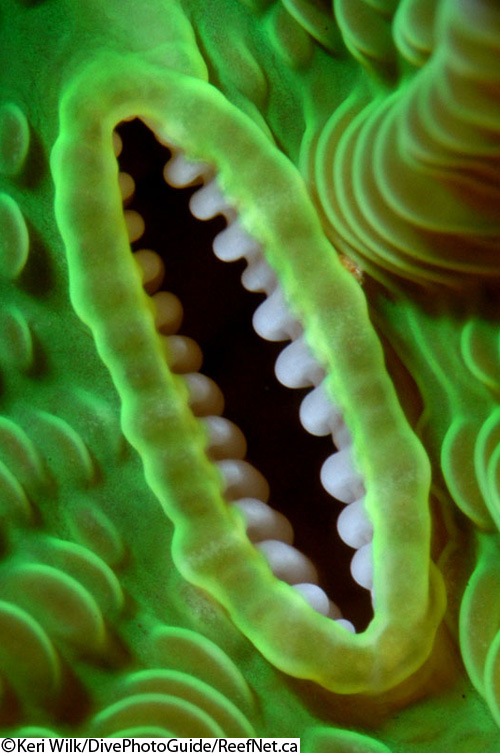
Like most photographs, abstracts can stimulate one’s emotions. However, their generally cryptic and often baffling nature tend to elicit a much stronger response from one’s imagination. Thoughts of who, what, where, why and how the image was created come to mind in the viewer’s attempt to solve the “puzzle”. One abstract photograph can be the source of numerous imaginative interpretations and mental images.
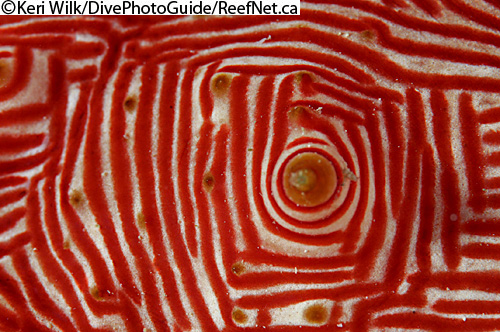
Suitable Subjects
For the general public, marine flora and fauna already have an inherent sense of abstraction due to their unfamiliarity and other-worldly appearance. So, it can be argued that the underwater world presents many more opportunities for creating abstract images than the much more familiar terrestrial world.
There is almost a limitless number of subjects that can be used to create abstract photos, but some are more suitable than others. For example, small portions of large subjects may have characteristics that lend themselves to abstraction, such as interesting patterns, textures, shapes, and colours that you might not normally focus on when viewing the entire subject. Keep your eyes open for fish with interesting scale colours/patterns, geometrical coral arrangements, seafan textures, egg masses, etc.
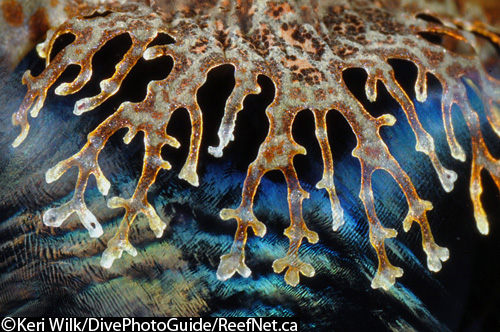
Underwater macro/super macro photography is by far the largest source of abstract images, primarily because it is so much easier to create compositions which have no familiar reference points. In contrast, wide angle abstract photography is much more challenging, because the elimination of recognizable elements (coral heads, fish, etc.) from a wide field of view is very difficult.
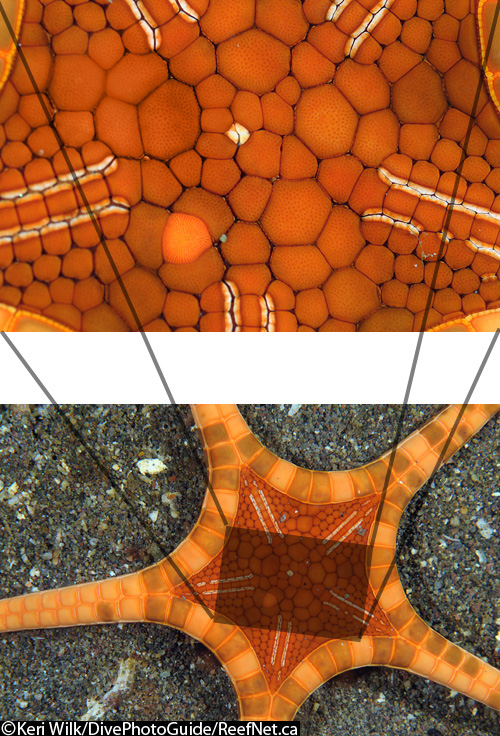
Stationary subjects are usually preferable, since they allow the photographer ample time to study the subject in detail and decide on the composition/lighting that has the most desirable impact.
Techniques and Tips
Virtually any photographic technique (motion blur, selective focus, backlighting, etc.) can be utilized in the creation of underwater abstract images - there is no unique way to do it. Provided that there is a suitable subject, your abstract goals can be achieved with almost any rig : wide angle, mid-range zoom, macro, or super macro.
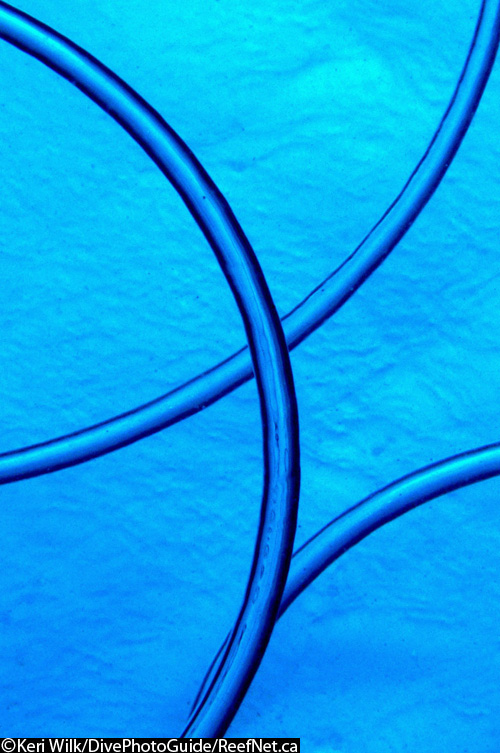
Macro
When shooting macro (or super macro), it is important to compose the image without revealing too much of the subject. Some visual cues can destroy the impact of an abstract image. For example, an abstract of fish scales can be destroyed by the presence of a few pectoral fin rays present at the edge of the frame, giving away that the viewer is looking at the side of a fish.
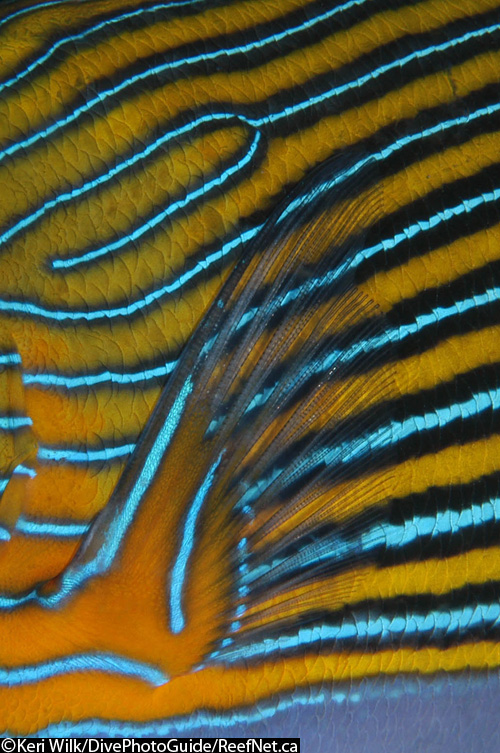
Take advantage of shallow depth of field (wide apertures) to draw attention to key elements in the frame. This not only emphasizes abstract patterns, but can also remove distracting and identifiable features of the subject.
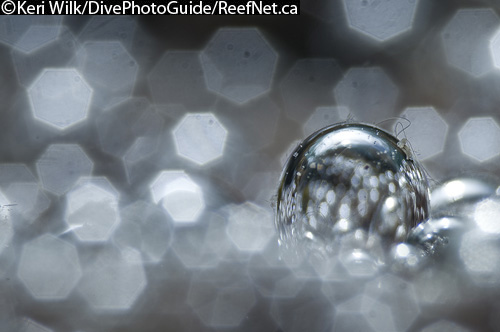
Selective lighting is a technique that can be used to further isolate and/or conceal elements of the subject in such a way that you achieve a sense of mystery.
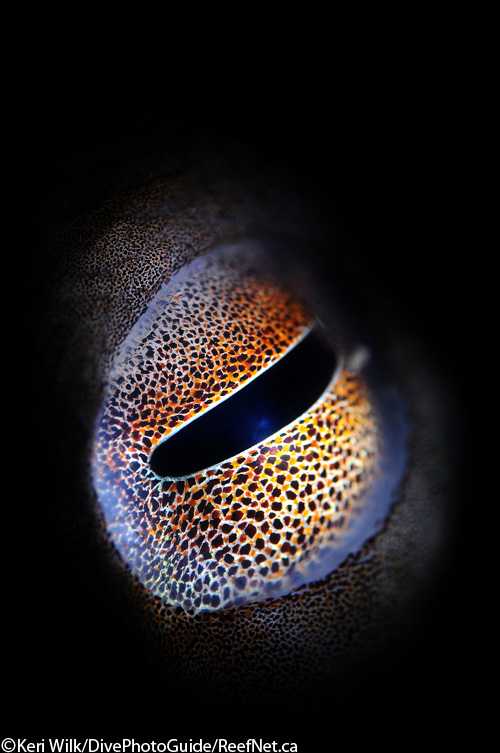
Wide Angle
As mentioned above, it’s more difficult to create abstracts with a wide field of view. Another drawback is that selective focus is no longer useful because of the much greater depth of field at the low magnification ratios.
More creativity is definitely required.
Try using surface reflections to create images/scenes that would otherwise be impossible to create.
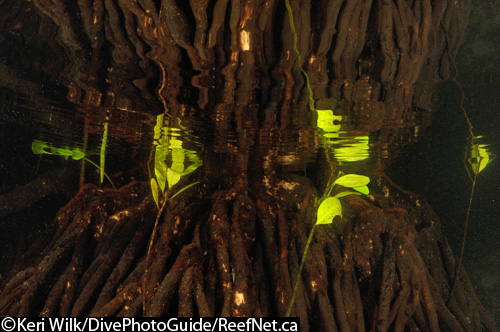
Remember to carefully observe your surroundings, as there is usually a plethora of opportunities for interesting abstract compositions waiting to be discovered. Keep in mind that the illumination of subjects can reveal hidden colours and textures, which you might have otherwise overlooked.
The key to successful abstract underwater photography is novelty, creativity, and thinking outside the box.
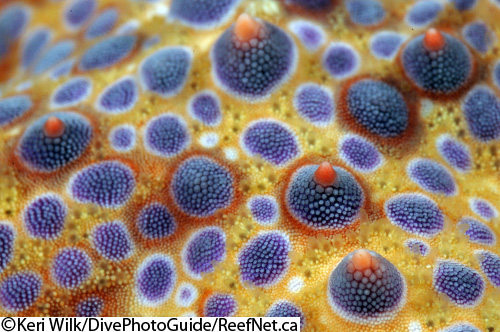
RELATED CONTENT
Featured Photographer

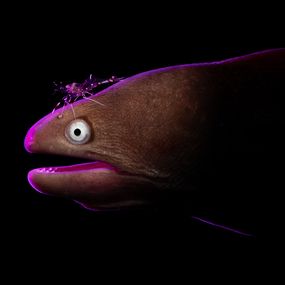
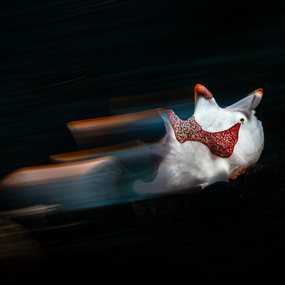
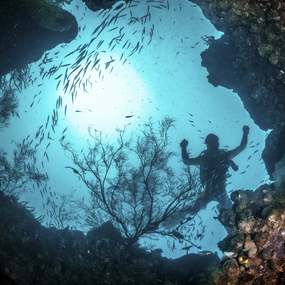
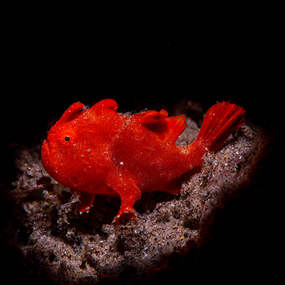
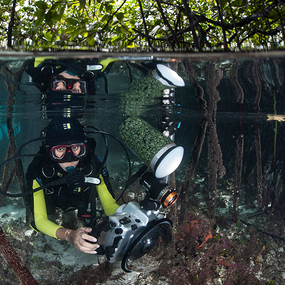
 Antarctica
Antarctica




